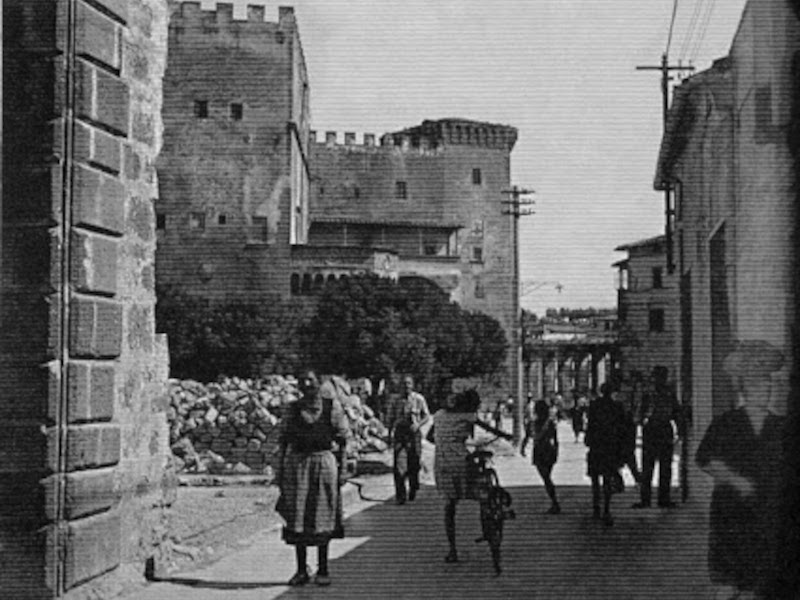Pitigliano Attractions and Activities
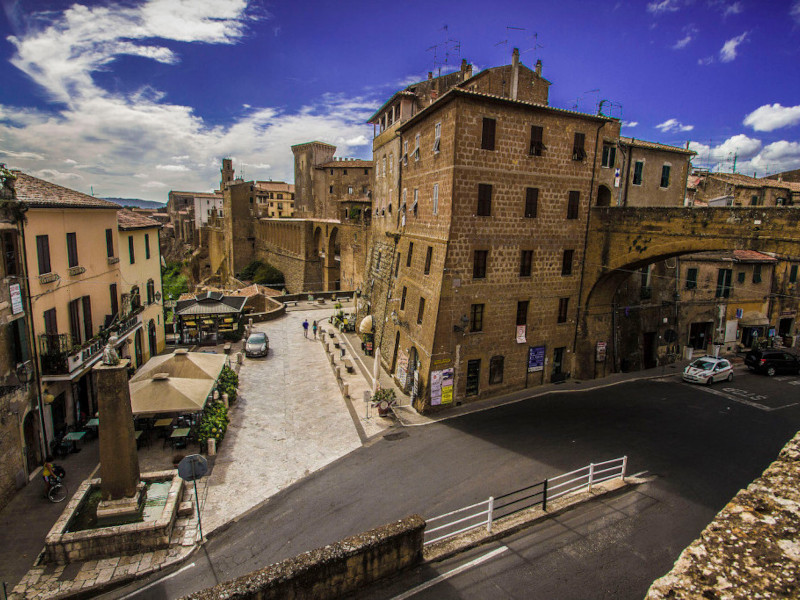
Petruccioli square
The short itinerary that you will have to cover on foot starts from Piazza Petruccioli. A little further on on the right, to access the old city, you will have to pass under a large arch. However, before entering the village, look out over the parapet of the square and look down. A unique landscape will appear in your eyes. You will see the roofs of the ancient houses below the village level. A panoramic road, called the Selciata, which runs around the village. Also, looking forward, the valley will appear to you with all its shades of green. Finally, looking up, you will see flocks of birds that draw circles in the sky.
The palace of the Orsini Counts
Once you pass under the arch you will find yourself in Piazza Garibaldi where the Municipality is based. In addition to the small Salvini theater and the Tourist Information office. From there you continue your walk along the Medici aqueduct. After 50 meters there is Piazza della Repubblica and on the right the fourteenth-century Orsini Fortress. The entrance ticket costs 6 euros, but the visit to the palace is worth much more. In about an hour you can see the 21 exhibition rooms of the building full of paintings, frescoes and goldsmiths. Furthermore, still inside the Orsini Fortress you will find another small museum immersed in the Etruscan territory. The Civic Archaeological Museum of Etruscan Civilization E. Pellegrini. If you are passionate about Etruscan art, you cannot leave Pitigliano without having visited it.
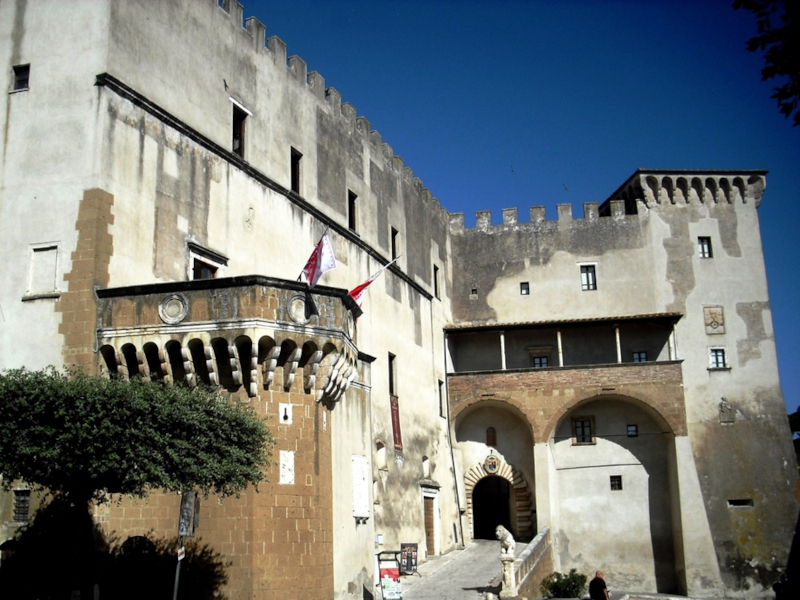
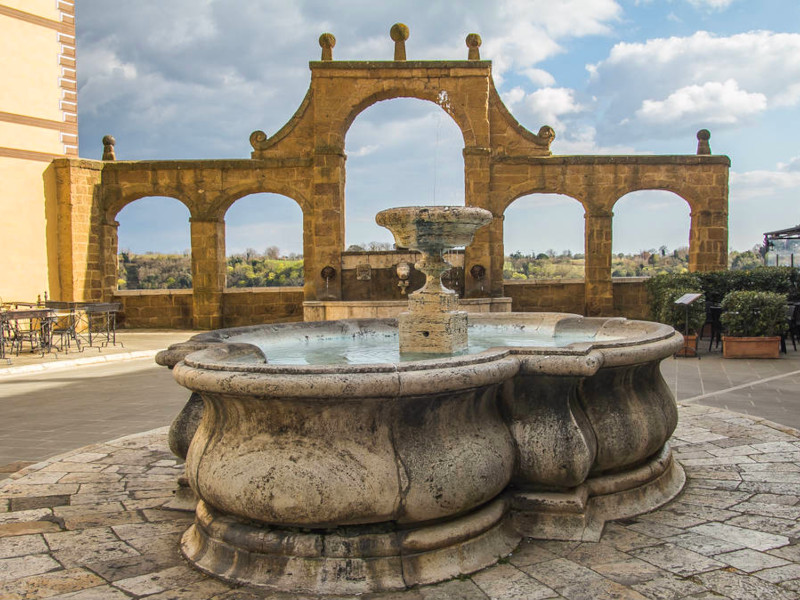
The Fountain of the Seven Spouts
Looking at the square, you will notice on the left a fountain that closes the entire side. It is the “Fountain of the seven spouts” built in 1545. The spouts from which the water flows are actually 5, decorated with animal figures. In addition, on the opposite side of the square you will see the monument to the Villano, a recent work by the artist Mario Vinci. Three parallel streets start from the center of the square; Via Vignoli, Via Roma and Via Zuccarelli. These are the most important streets of the village. A must see!
The artisan shops and trattorias
I suggest you start your visit from Via Roma, it is the central street, the one with the largest number of commercial premises. In case you want to stop for lunch, here you will find small trattorias, shops selling typical food products, such as cheeses, wild boar and cinta salami. Artisan shops alternate with clothing shops and more. Also, during the walk, you will see an incredible number of narrow streets, where barely one person can pass. You will notice alleys connecting the main streets with arches, vaults and steps. You will observe alleys that descend into panoramic terraces, all to be discovered.


The Cathedral of Saints Peter and Paul
At the end of Via Roma there is Piazza San Gregorio VII which houses the Cathedral of Saints Peter and Paul. The church was built around 1200 and restored and modified several times. The Cathedral is the main place of worship in the country. On the left side of the Cathedral is the bell tower, which was originally used for military and civil activities.
Via Vignoli and the La Fratta district
Continue the walk and get off on Via Generale Orsini. From here you can turn right, cross Via Vignoli and visit the La Fratta district. La Fratta is a residential area, with no monuments or shops, but no less fascinating. Under the inhabited area of Pitigliano there is an invisible world, made up of caves, vie cave, columbaria and cellars where wine is still kept. Furthermore, right in Via Vignoli you can visit the Cooperative Cellar, one of the most beautiful cellars dug into the tuff.
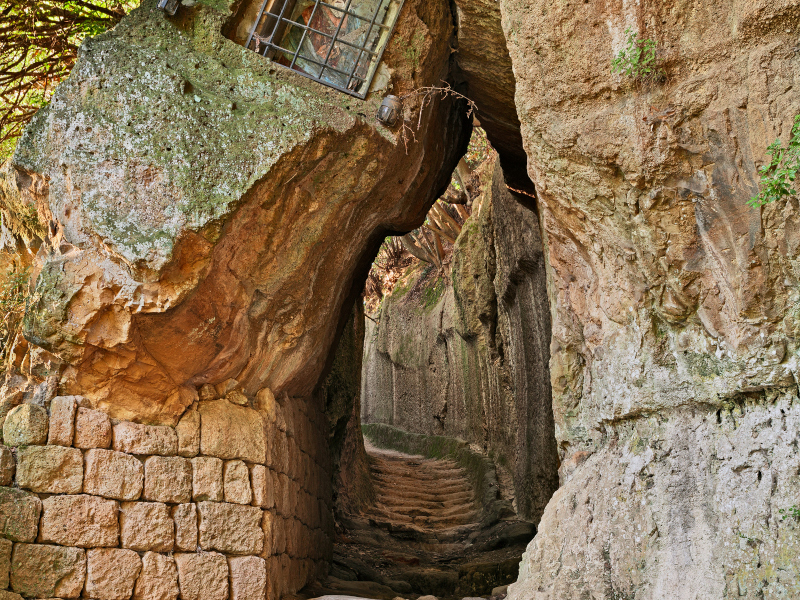
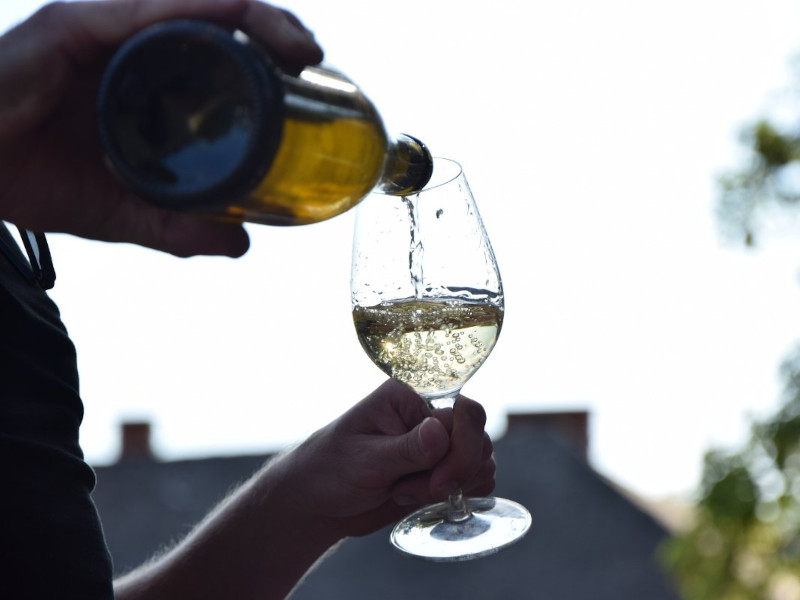
The White Wine of Pitigliano
The richness of the past of the Tuscan Maremma and of this wonderful village is also written in its ancient wine production. The Cantina Sociale in fact, was born in 1954 from 11 wine producers. A few years later, in 1966, Bianco di Pitigliano was the first Italian wine to be recognized as D.O.C. (Designation of origin).
Santa Maria and San Rocco
If you keep walking on via Generale Orsini you will arrive in “Capisotto” the oldest district of the town. Here you can visit the Church of Santa Maria San Rocco, the oldest in the village of Pitigliano, dating back to the XII-XIII century. The facade is simple but effective, in late Renaissance style, decorated with four Corinthian-style pilasters. To enter inside you will have to go through a large white marble portal. The interior of the church is rich in frescoes. After the church you will arrive in Piazza Berni, on the right you can admire the remains of Etruscan walls and the stairs of the Porta di Sovana. Furthermore, Piazza Berni offers you a terrace with a magnificent panoramic view.

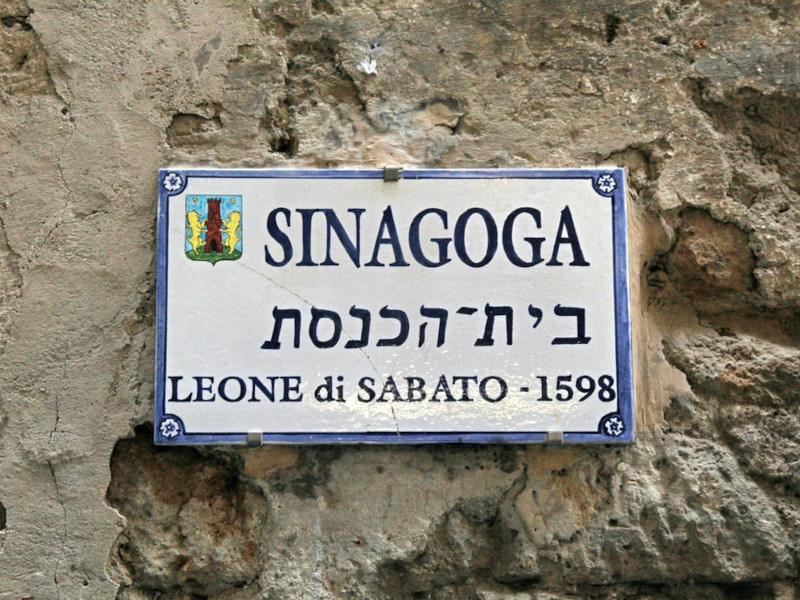
The Synagogue and the Jewish Quarter
Now go back and walk along via Zuccarelli. Halfway through, you will meet the Synagogue and the Jewish Quarter. The Synagogue was built in 1598 and the neighborhood then developed around it. The “places of the Jews” are environments dug into the tuff. Here first, you will find the Unleavened oven, where sweets and unleavened bread were prepared. Then the Kosher Butcher, where the meat was butchered according to tradition. In addition, you will be able to see the cellar for the production of Kosher wine. Finally, under the Synagogue, you can visit the Milk Bath; a basin dug out of the tuff in which women practiced the religious rite of the purification bath.
The 80 dead of World War II
Finally, continue the walk to the end of via Zuccarelli. Then, before returning to Piazza della Repubblica and finishing the walk, on your right you will find the so-called «Rubble» area. Here you will see the remains of the ruins caused by the Allied bombing of June 7, 1944. In Pitigliano, the victims of the bombing were about 80.
